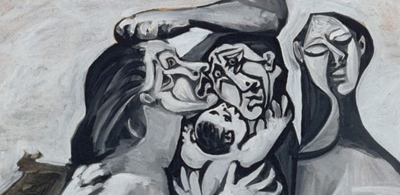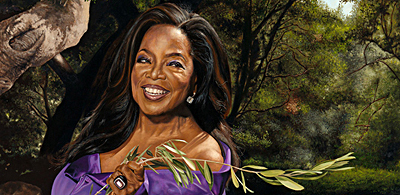Killing the Detroit Institute of Arts
In June of 2009 I wrote The Death of Motor City, an essay on the decline of the U.S. economy and its devastating impact on Detroit, Michigan, an American city once at the very center of the nation’s industrial power but now in a state of near total collapse. My article had much to say about the Detroit Institute of Arts (DIA), and Detroit Industry, the astounding 27 panel fresco mural that Diego Rivera contributed to the museum’s courtyard.
Much has happened since writing that piece in 2009. As the so-called national “economic recovery” continues to remain a pipedream, social conditions only worsen in Detroit; the city teeters at the brink of bankruptcy. Of the hundreds of millions of dollars worth of government cuts made or proposed, to me the most shocking is the city’s decision to take almost half of the municipality’s street lights out of service. Roughly speaking that is nearly 40,000 street lights being turned off – permanently. Turning off the street lights in economically depressed neighborhoods endangers the public safety and is an act of criminality. Welcome to America’s “Third World” future.
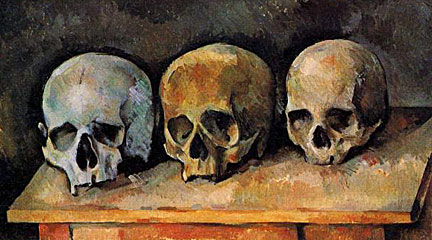
In March of this year Michigan’s Governor Rick Snyder appointed an “emergency financial manager” to help oversee and implement an austerity budget for the state.
That unelected manager, Mr. Kevyn Orr, has been given sweeping powers to reshape the city of Detroit in order to eliminate its $15 billion debt. In mid-May, Orr’s representatives told the Detroit Institute of Arts Director Graham Beal that the museum’s collection might be deemed a “city asset” and sold off in order to pay creditors if the city goes bankrupt.
Founded in 1885, the Detroit Institute of Arts is one of America’s leading art museums. It houses over 100 galleries and has in its collection over 65,000 works of art. In its holdings are European masterworks by: Jan van Eyck, Peter Paul Rubens, Albrecht Dürer, Rembrandt, Giovanni Bellini, Claude Monet, and Edgar Degas. The DIA also has an impressive collection of American artists: George Bellows, Alexander Calder, Mary Cassatt, John Singleton Copley, Thomas Eakins, Childe Hassam, Robert Henri, Winslow Homer, Georgia O’Keeffe, Frederic Remington, John Singer Sargent, John French Sloan, Andrew Wyeth, and of course, there are the Rivera murals. Wings in the museum hold comprehensive exhibits of Greek, Roman, Mesopotamian, Egyptian, Islamic, Asian, and African art. I cannot overstate the importance of the Detroit Institute of Arts and its vast collection, both to the people of Detroit and to the people of the United States.
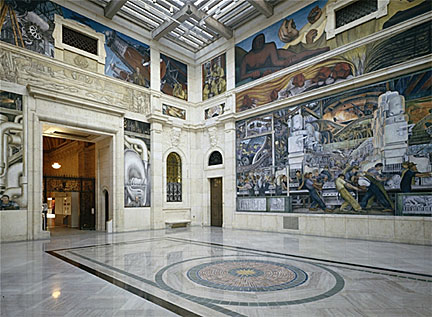
In its excellent article of May 23, DIA’s art collection could face sell-off to satisfy Detroit’s creditors, the Detroit Free Press described the enormity of the situation. “The possible forced sale of some of the DIA’s greatest treasures” the paper wrote, “is sending shock waves through the museum world.”
The paper went on to quote the president of the Washington DC based American Alliance of Museums, Ford Bell, who said that if there is a forced sale, “There would be hue and cry the likes of which you’ve never heard. The museum should be a rallying point for the rebirth of Detroit and not a source of funds.” I concur with Mr. Bell’s statement – though I think the time for loud public clamor is right now.
The Detroit Free Press asked art dealers in New York and Detroit to estimate the market value of just 38 of the masterworks in the museum’s holdings; the value was put at around $2.5 billion. Considering the number of celebrated artworks the museum could be forced to sell, that is no doubt a low estimate. Think of Rivera’s Detroit Industry fresco, regarded by the artist as his finest work, and like all of his murals, intentionally created as a public work. What is the “market value” of Rivera’s masterwork? How dare anyone even suggest that Rivera’s mural is not held in “public trust”, but instead is nothing more than an “asset” to be placed in private hands. A great number of artworks in the DIA collection were private donations meant as a gift to the public. What really is at issue here is the danger of the nation’s cultural heritage being privatized. What happens to the Detroit Institute of Arts will soon happen to other museums across the U.S.
The crisis faced by the City of Detroit and the Detroit Institute of Arts should be put in a wider social context. President Obama’s defense budget for Fiscal Year 2014 is $526.6 billion, but as Slate published in its article, Line Item Warfare “(….) this leaves out an estimated $88 billion for overseas military operations (mainly in Afghanistan), $17 billion for nuclear-weapons programs in the Department of Energy, and $7 billion for defense-related programs in other federal agencies—for an actual total of about $638 billion.” God forbid that money be allocated to rebuild American cities like Detroit.
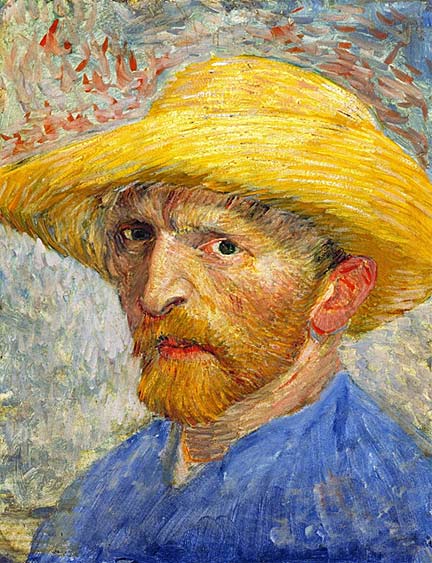
Then there is the April 2013 report that for more than a decade the CIA delivered tens of millions of dollars carried in “suitcases, backpacks, and plastic shopping bags” to the office of Afghan President Hamid Karzai. Referred to as “ghost money,” the piles of cash were delivered to Karzai “every month or so.”
The total sum of money gifted to Karzai so far is a secret, but the funds were ostensibly meant to “buy influence” from one of the most corrupt leaders in the world today. Reuters and the New York Times reported that the bags of cash “fuelled corruption and empowered warlords.” No doubt vast amounts of that money fell into the hands of the Taliban, went to the heroin trade, and feathered the nests and foreign bank accounts of Karzai’s crooked relatives and venal cronies.
On May 6, 2013, CNN reported that Karzai held a press conference in Kabul, Afghanistan, where he thanked the CIA for the deliveries of cash, and stated that the CIA “promised that they will continue.” Karzai also noted that “This is the choice of the American government.” To state the obvious for those who missed it, while the surreptitious deliveries of U.S. dollars began during the Bush years, President Obama has clearly approved of and extended them. In point of fact, for over four years now Obama has been shoveling “ghost money” at Karzai. In other words, the U.S. government can see to it that tax dollars fill the pockets of a sock puppet like the loathsome Karzai, but it cannot – or will not – help prevent the Detroit Institute of Arts from having to sell off its collection of masterpieces so that the city of Detroit can pay its creditors.
Conversely, on March 11, 2013, the Secretary of the Interior and the Director of the National Park Service declared The Epic of American Civilization mural series painted by famed Mexican artist José Clemente Orozco in the Baker Library at Dartmouth College in Hanover, New Hampshire – to be a national historic landmark. Painted between 1932 and 1934, the murals depict the march of humanity in the Americas from a primitive past to an uncertain future offered by industrialization, science, and technology. Dartmouth College commissioned a film that would tell the story of Orozco’s mural. The resulting 22 minute film made by Robert Canton in 1961 reveals just some of the intensity of the masterwork.
Orozco intoned that his mural was significant because it was “an American idea developed into American forms, American feeling, and as a consequence into an American style.” That is an apt philosophical description of the artist’s fresco painting, but it also provides a fitting descriptive account of the Detroit Institute of Arts and the role it plays in U.S. society. My expressing praise over Orozco’s The Epic of American Civilization mural being given national historic landmark status, is tempered, no… frustrated, by the callous indifference shown the DIA collection under threat of seizure and privatization. What Obama offers as a national arts policy is nothing short of a disgrace.


